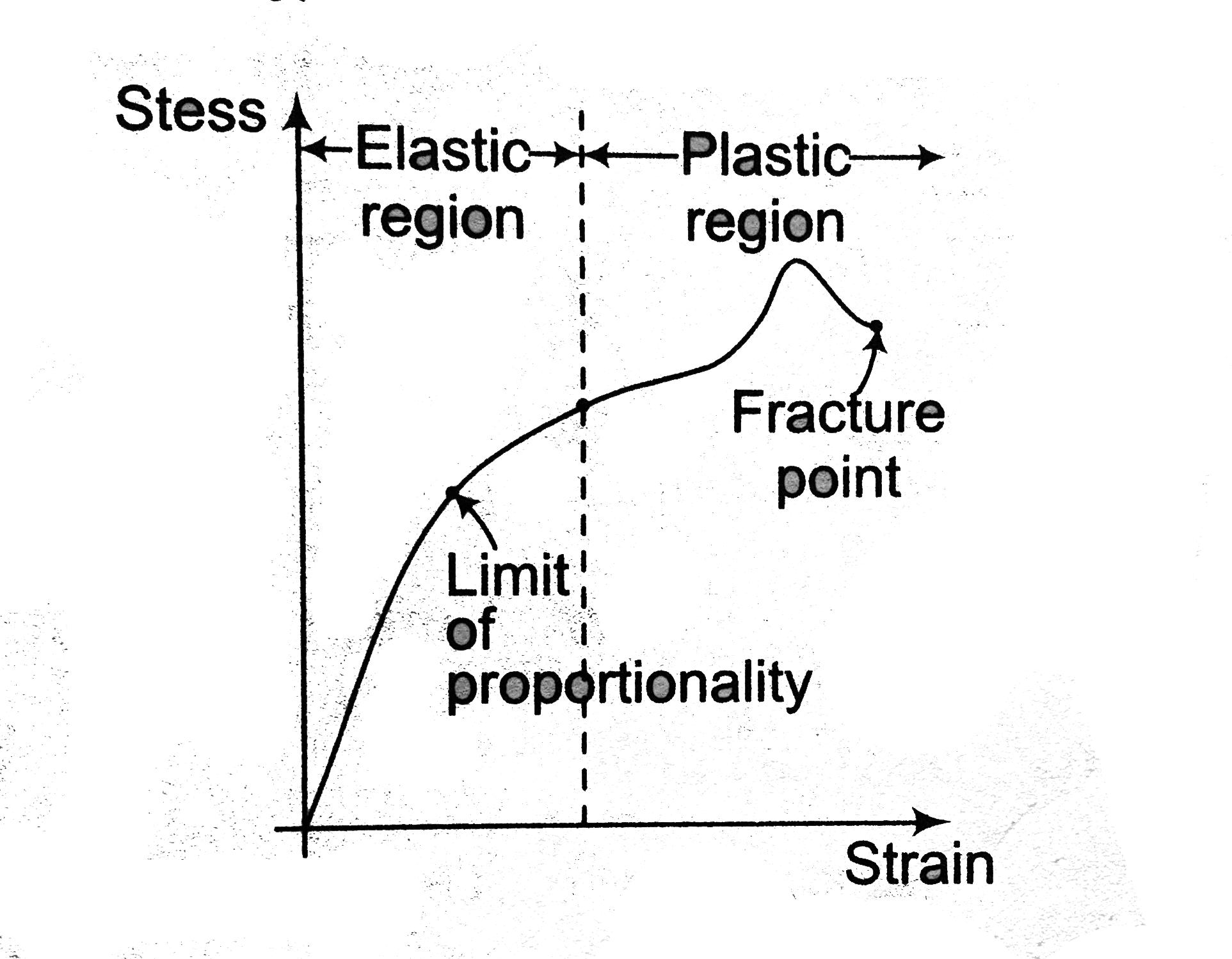Show, graphically, the relation between stress and strain if a steady load is suspended at the lower end of a long wire.Solution in Odia
Step by step video & image solution for Show, graphically, the relation between stress and strain if a steady load is suspended at the lower end of a long wire. by Physics experts to help you in doubts & scoring excellent marks in Class 12 exams.
Updated on:21/07/2023Similar Questions
Explain what happens when the load on a metal wire suspended from a rigid support is gradually increased. Illustrate your answer with a suitable stress-strain graph.
View SolutionWill the stress and strain in all wires be the same?
View SolutionOne end of a uniform wire of length .L. and mass .M. is attached rigidly to a point in the roof and a load of mass .m. is suspended from its lower end. If A is the area of corss - section of the wire then find the stress in the wire at height .x. from its lower end (x<L)
View SolutionOne end of a uniform wire of length .L. and mass .M. is attached rigidly to a point in the roof and a load of mass .m. is suspended from its lower end. If A is the area of corss - section of the wire then find the stress in the wire at height .x. from its lower end (x<L)
View SolutionOn gradual loading , stress - strain relationship for a metal wire is as follows . Within proportionality limit , stress ∝ strain or, Stressstrain = a constant for the material of wire.
Two wires of same material have length and radius (L,r) and (2L,r2). The ratio of their young's modulii is

View SolutionOn gradual loading , stress - strain relationship for a metal wire is as follows . Within proportionality limit , stress prop strain or, "Stress"/"strain" = a constant for the material of wire. Just on crossing the yield region, the material will have
View SolutionOn gradual loading , stress - strain relationship for a metal wire is as follows . Within proportionality limit , stress prop strain or, "Stress"/"strain" = a constant for the material of wire. If "Stress"/"Strain" is x in elastic region and y in the region of yield , then
View Solution

